What should I know if I want to start a fish farm?
Starting a fish farm feels complex, right? You see the potential but the path forward is unclear. This guide will give you the foundational knowledge to begin your journey with confidence.
To start a fish farm, you need to understand the basics of aquaculture. This includes selecting the right fish species, choosing appropriate equipment like a durable fish tank, managing water quality, and creating a solid business plan. Success depends on balancing these key elements effectively.
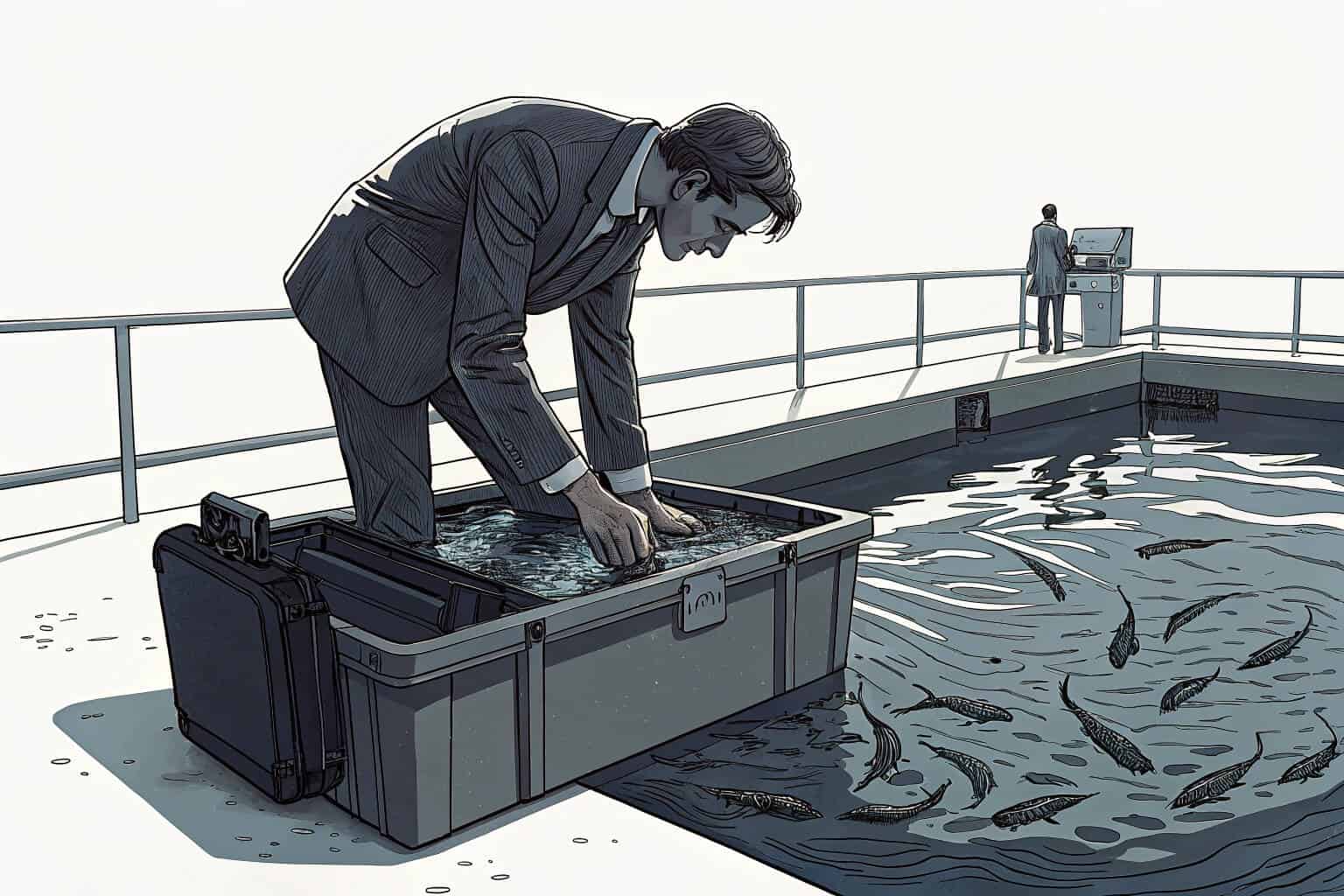
I remember when I first looked into aquaculture. The idea of growing my own food source and building a business was exciting. But every article I read was filled with technical jargon that went over my head. It felt like you needed a biology degree just to understand the first step. That’s why I wanted to break it down into simple, practical advice. This journey is accessible to anyone with the passion to learn, and it starts with understanding the core challenges and opportunities that lie ahead.
What is the main downside to raising fish in fish farms?
Fish farming looks like a perfect business model, but what are the hidden risks? The challenges can be significant, but knowing them beforehand is the best way to prepare for success.
The main downsides to fish farming are the risks of disease outbreaks, environmental pollution from fish waste, and high initial setup costs. These challenges require careful management, proper equipment, and a deep understanding of the ecosystem you are creating to mitigate potential losses.
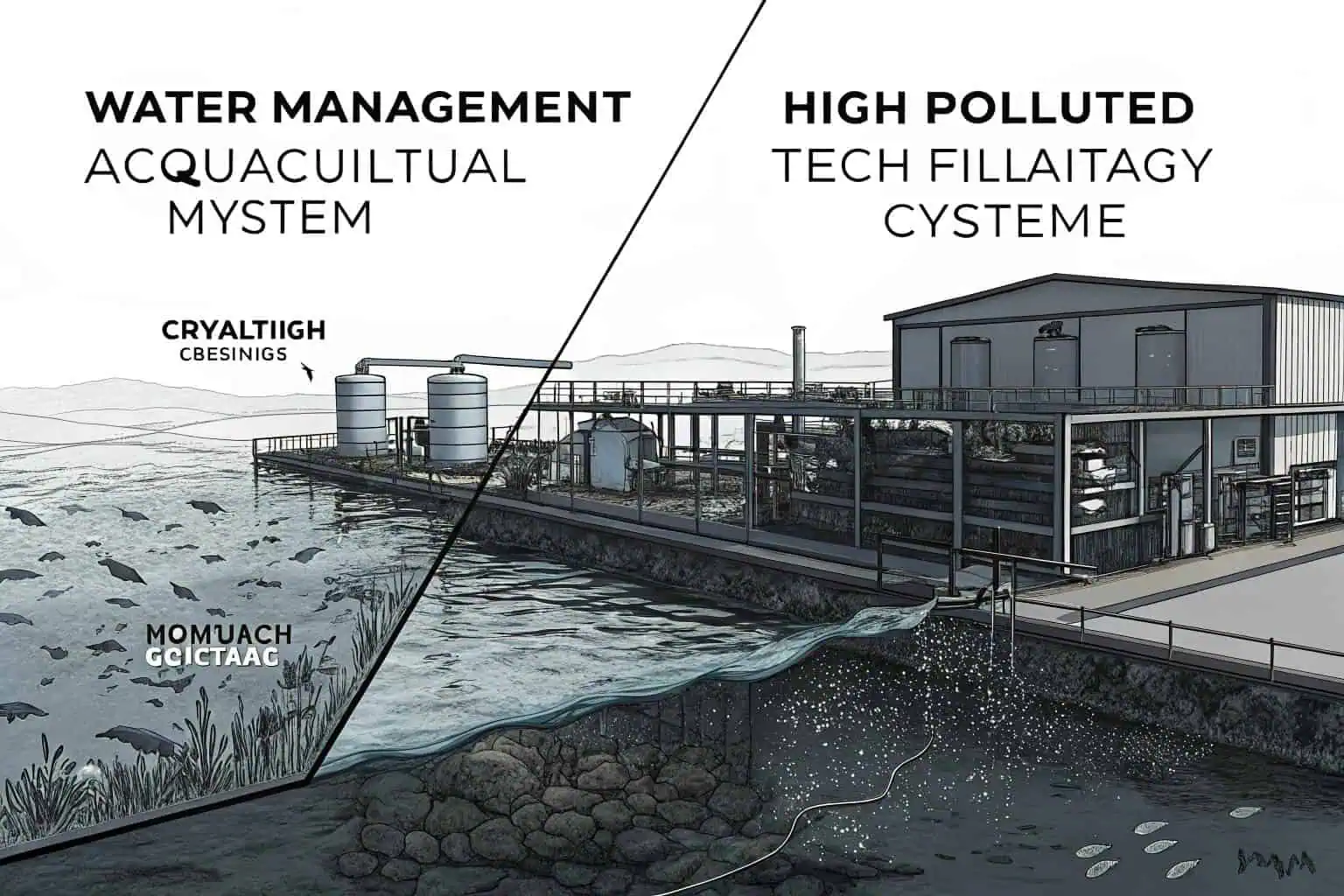
When I talked to a farm owner who had just lost a significant portion of his stock, the reality of these downsides hit me hard. He explained that a small, undetected issue in water quality quickly led to a widespread disease that was impossible to control. It wasn't just about losing fish; it was about the financial and emotional toll. This experience taught me that investing in quality, easy-to-clean systems isn't a luxury—it's a necessity. It’s about building a resilient operation1 from day one, which is why I always emphasize the importance of starting with a solid foundation.
The Challenge of Environmental Impact
One of the biggest concerns in modern aquaculture is managing the waste produced by the fish. Fish naturally release ammonia, and their uneaten food and feces can accumulate. In a closed system, this buildup can quickly turn the water toxic, harming the fish and potentially polluting the surrounding environment if not handled correctly. Proper filtration systems2 and regular water changes are critical. For beginners, this can seem daunting, but it's a non-negotiable part of responsible farming. The goal is to create a balanced system where waste is managed efficiently, ensuring the health of your stock and the sustainability of your farm.
The Constant Threat of Disease
Disease can spread like wildfire in a fish farm. Because fish are often raised in high densities, a single sick fish can infect an entire population in a matter of days. Common issues include bacterial infections, fungal problems, and parasites. Prevention is always better than cure. This means quarantining new fish, maintaining pristine water conditions, and using high-quality, non-porous tanks3 that are easy to sanitize, like our galvanized or plastic models. A simple scratch on a low-quality liner can harbor bacteria, leading to a farm-wide disaster. Vigilance and cleanliness are your best defenses.
Beyond the biological challenges, there are economic hurdles. The initial investment for a fish farm can be substantial, covering everything from land and permits to tanks and feed. Furthermore, the market for fish can be volatile. Prices fluctuate based on supply and demand, and competition can be fierce. A solid business plan is essential. You need to know your target market, calculate your operational costs accurately, and have a strategy for selling your fish. Starting small with a flexible, low-cost system like our collapsible fish ponds can be a smart way to enter the market, test your model, and scale up as you grow.
| Challenge | Mitigation Strategy |
|---|---|
| Environmental Pollution4 | Implement a robust filtration system and a regular water testing schedule. |
| Disease Outbreaks | Quarantine new stock, maintain strict hygiene, and use easy-to-clean tanks. |
| High Initial Costs | Start with a smaller, scalable system like a collapsible pond to reduce upfront investment. |
| Market Volatility5 | Identify a niche market or sell directly to consumers to secure better prices. |
What are the basics of fish farming?
So you want to start, but the list of things to do seems endless. It can feel overwhelming, but every expert was once a beginner. Let's focus on the essential first steps.
The basics of fish farming involve four key steps: selecting a suitable fish species and farm site, installing the right equipment like tanks and filters, managing water quality and feeding, and finally, harvesting and selling your fish. Mastering these fundamentals is the key to a successful operation.
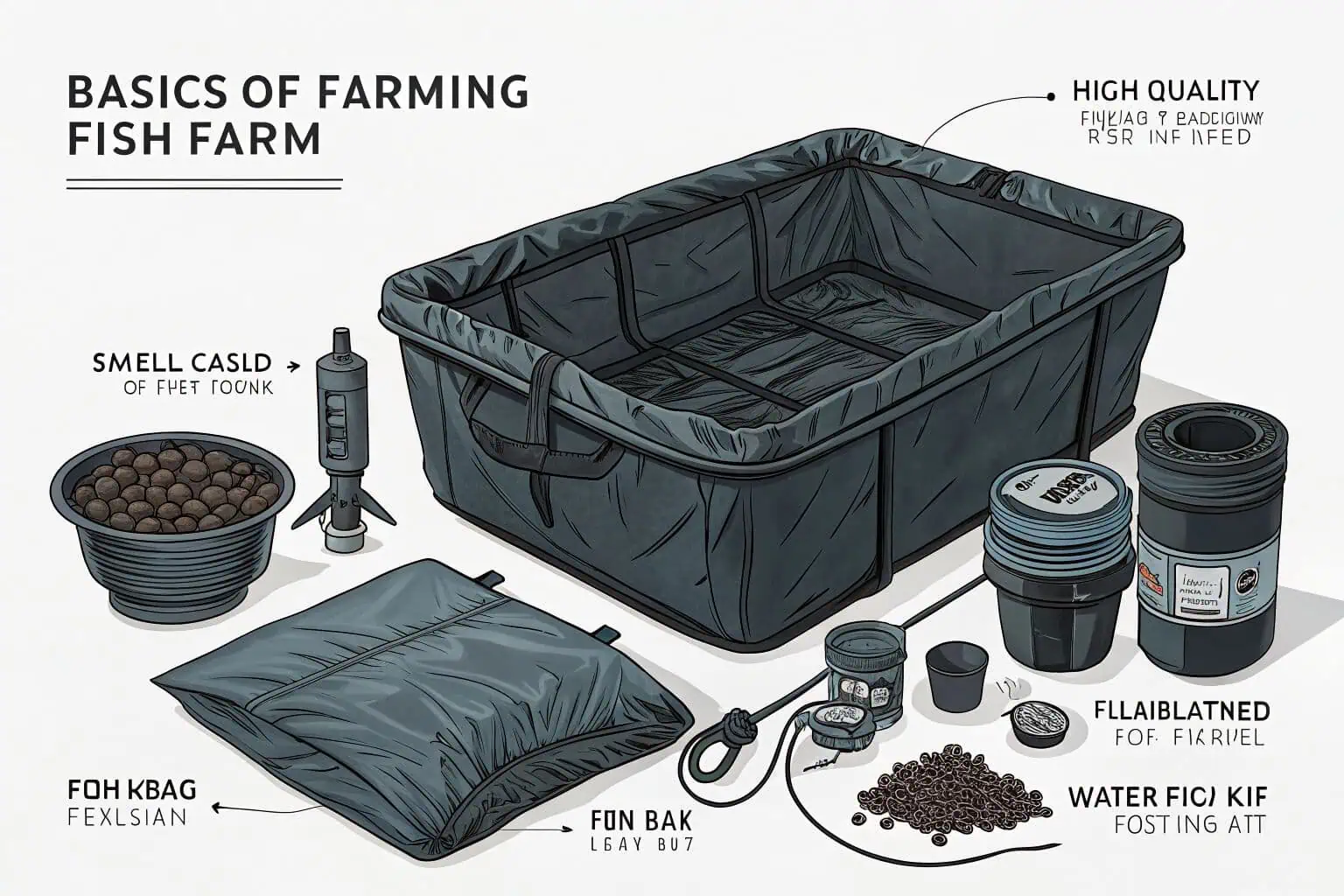
I often get asked for the "secret" to fish farming. The truth is, there isn't one. Success comes from consistently doing the basic things right, day in and day out. It's about the simple, repetitive tasks: checking the water temperature, observing the fish for signs of stress, and sticking to a feeding schedule6. It’s less about complex science and more about disciplined farming. The most successful farmers I know are the ones who have mastered these routines and built their operations on a strong, simple foundation.
Choosing Your Fish and Your Site
Your first major decision is what kind of fish to raise. This choice depends on your local climate, market demand, and your level of experience. Tilapia, for example, are hardy and grow fast, making them great for beginners. Trout, on the other hand, require colder, cleaner water. Do your research and choose a species that fits your environment. At the same time, select a site with access to a reliable water and power source. A level ground is also important for setting up tanks, especially for larger systems like our galvanized sheet fish tanks7.
Setting Up Your Aquaculture System
Your equipment is the backbone of your farm. The most critical component is the fish tank. For beginners or those needing flexibility, a Collapsible Plastic Fish Tank is an excellent low-cost starting point. For a more permanent, durable solution, a Galvanized Pipe Fish Tank offers great longevity and strength. The choice depends on your scale and long-term goals. You will also need a reliable pump to circulate water and a filtration system to keep it clean. Don't cut corners here; reliable equipment prevents future headaches.
| Tank Type | Best For | Key Advantage |
|---|---|---|
| Collapsible Plastic Tank8 | Beginners, temporary setups | Low cost, portable, easy setup |
| Galvanized Pipe Tank9 | Small to medium farms | Durable, corrosion-resistant |
| Galvanized Sheet Tank | Medium to large farms | Very sturdy, long-term investment |
Managing Water, Feed, and Health
This is the daily work of a fish farmer. You must regularly test the water for parameters like pH, ammonia, and nitrite levels to ensure they are safe for your fish. A feeding schedule10 should be established based on the species and age of your fish. Overfeeding pollutes the water, while underfeeding stunts growth. Finally, observe your fish daily. Look for changes in behavior or appearance, as these are often the first signs of stress or disease. Early detection is crucial for effective treatment and preventing losses.
How much money does it take to start a fish farm?
That big question: what's the price of this dream? You're worried the cost might be a barrier. Let's break down the numbers so you can see what's really involved financially.
The cost to start a fish farm varies dramatically, from a few thousand dollars for a small backyard setup to hundreds of thousands for a large commercial operation. Key expenses include tanks, fingerlings, feed, and water management systems. Starting small helps manage these initial costs.
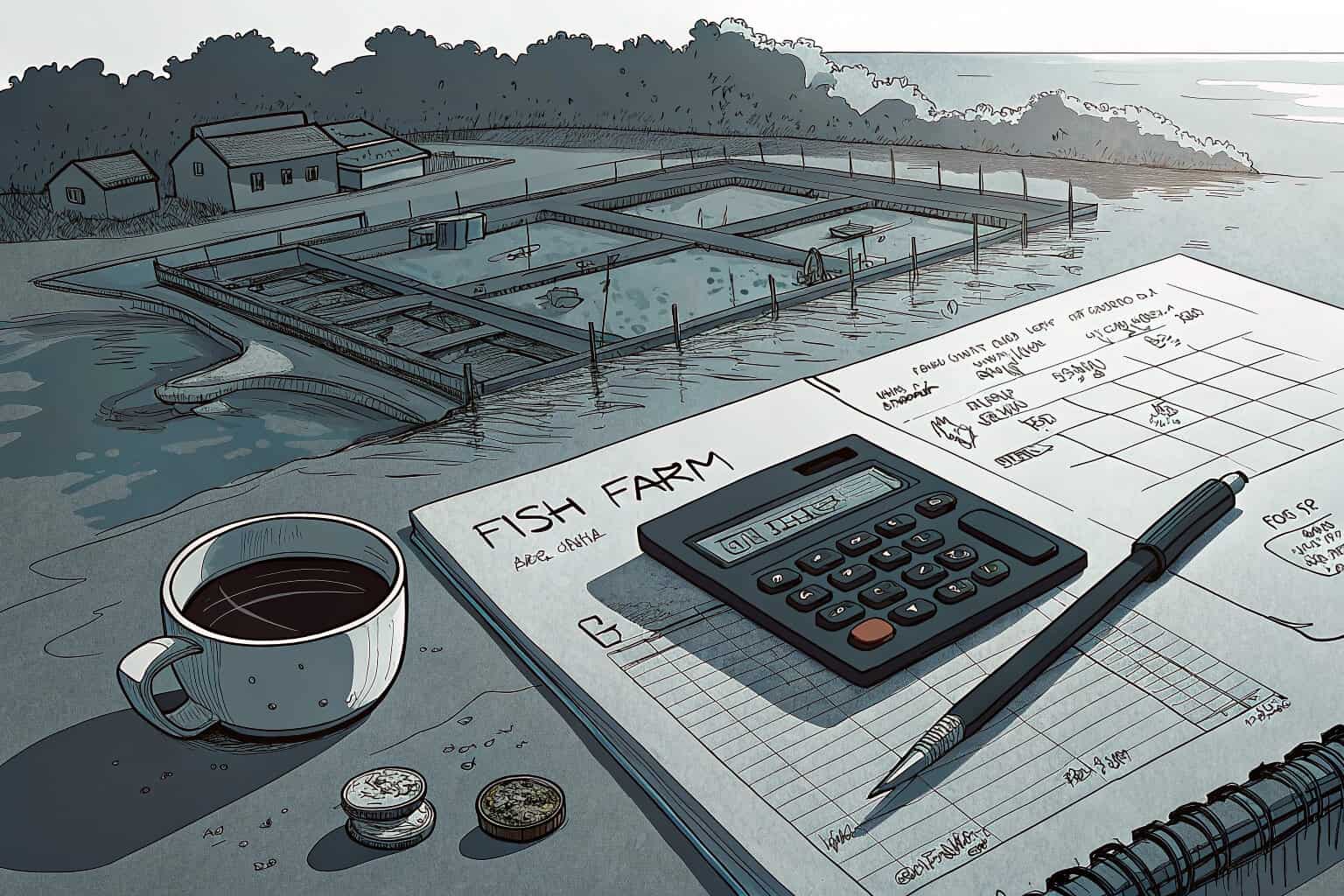
I once helped a young entrepreneur draft his first budget. He had grand visions of a massive farm, but his starting capital was modest. We shifted his plan to start with two of our collapsible fish ponds11. This allowed him to get operational for a fraction of his initial estimate. Within a year, he had learned the ropes, built a small customer base, and was ready to reinvest his profits into a larger, more permanent galvanized tank system. This taught me that starting smart is more important than starting big. Your budget isn't a barrier; it's a guide to finding the right starting point.
Breaking Down the Initial Investment
Your startup costs can be divided into a few main categories. The biggest expense is often the infrastructure. This includes the land (if you don't own it), the fish tanks, and the plumbing, pumps, and filters. For example, a durable Galvanized Sheet Fish Tank is a long-term investment, while a Collapsible Plastic Fish Tank offers a much lower entry cost. You also need to budget for your initial stock of fingerlings12 (young fish) and the necessary permits and licenses, which vary by location. These one-time costs are where most of your initial capital will go.
Planning for Ongoing Operational Costs
Once you're set up, you need to manage your monthly expenses. Fish feed will likely be your largest recurring cost. The amount you spend will depend on your fish species, their growth rate, and the scale of your operation. Other operational costs13 include electricity for pumps and heaters, water, labor (if you hire help), and potential veterinary or medication expenses. It's crucial to factor these into your business plan to ensure you have enough working capital to sustain the farm until your first harvest, which could be several months away.
Sample Budgets: Small vs. Medium Scale
To make this more concrete, let's look at some rough estimates. A small-scale backyard farm using one or two collapsible ponds might cost between $2,000 and $5,000 to get started. In contrast, a medium-scale commercial farm with several large galvanized tanks could require an initial investment of $25,000 to $75,000 or more. The key is to align your ambition with your budget.
| Expense Category | Small-Scale (Estimate) | Medium-Scale (Estimate) |
|---|---|---|
| Tanks & Infrastructure14 | $1,000 - $2,500 | $15,000 - $40,000 |
| Fingerlings & Permits | $300 - $800 | $2,000 - $5,000 |
| Initial Feed & Supplies15 | $500 - $1,000 | $5,000 - $10,000 |
| Total Initial Cost | $1,800 - $4,300 | $22,000 - $55,000 |
What is the most profitable type of fish farming?
You're not just doing this for fun; you want to build a profitable business. But with so many options, which path leads to the best financial returns? Let's explore where the real money is.
The most profitable type of fish farming often involves raising high-value species like salmon, trout, or barramundi, or serving niche markets such as organic or local food movements. Profitability is ultimately driven by market demand, production efficiency, and your ability to control costs.
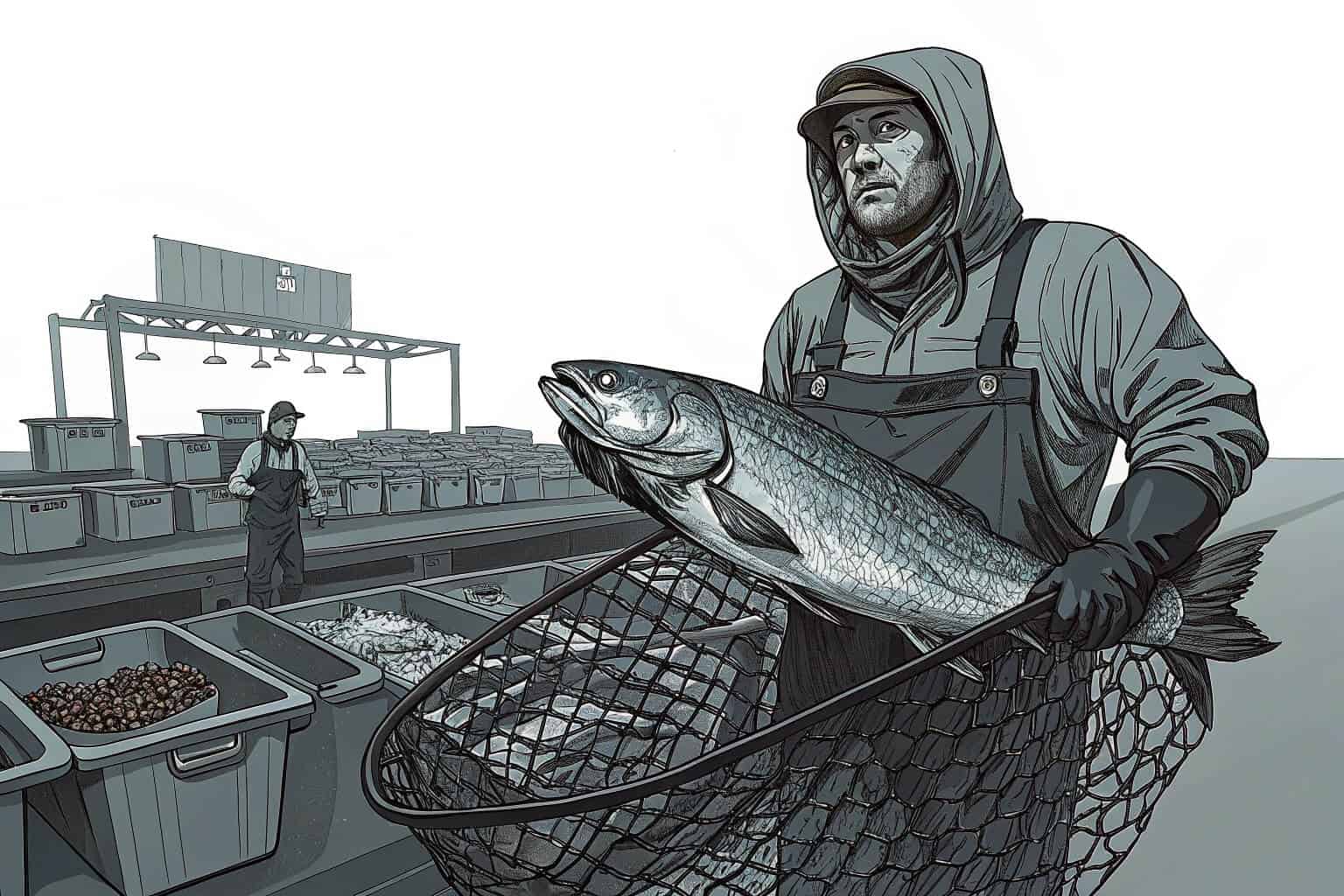
I've seen farmers succeed with all kinds of fish, from common tilapia to exotic ornamental species. The most profitable ones all share one thing in common: they know their market inside and out. One farmer I know raises catfish, a relatively low-value fish. But he sells directly to local restaurants16 that want a fresh, reliable supply. By cutting out the middleman and providing top-notch service, he has built an incredibly profitable business. This proves that it's not just about what you farm, but how you sell it.
Focusing on High-Value Species
Raising premium fish that command a high price in the market is a common strategy for maximizing profit. Species like salmon, sea bass, and trout are popular in fine dining and with health-conscious consumers. However, these species can be more challenging to raise. They often have specific requirements for water temperature and quality17, and their growth cycles can be longer. The potential reward is high, but so is the risk. This path is often best for experienced farmers or those with significant capital to invest in specialized systems.
The Power of Niche Markets
Another highly profitable route is to cater to a niche market. This could mean raising ornamental fish like koi for hobbyists, which can sell for hundreds or even thousands of dollars each. Alternatively, you could focus on the growing demand for organic or sustainably-raised fish18. Consumers are increasingly willing to pay a premium for food that is produced responsibly. By getting certified and marketing your farm's sustainable practices, you can tap into this lucrative market. This strategy is less about volume and more about value.
Maximizing Profit Through Efficiency
Regardless of what you farm, your profitability depends on efficiency. This means optimizing your feed conversion ratio (the amount of feed it takes to produce one pound of fish), minimizing energy consumption, and reducing fish mortality. Using durable, well-designed equipment plays a huge role. An efficient pump saves on electricity, and a tank that is easy to clean reduces labor costs and disease risk. Every dollar you save on operational costs goes directly to your bottom line. True profitability comes from a combination of smart market strategy and lean, efficient production.
| Farming Strategy | Target Market | Profit Potential | Key Challenge |
|---|---|---|---|
| High-Value Species19 | Restaurants, high-end grocers | High | Technically demanding |
| Niche (Organic)20 | Health-conscious consumers | Medium to High | Certification, higher feed costs |
| Local/Direct Sales | Local restaurants, farmers' markets | Medium | Requires marketing and sales effort |
Conclusion
Starting a fish farm is a journey of learning and dedication. It offers a chance to build a sustainable business, but success depends on mastering the basics and making smart choices.
-
Exploring strategies for resilience can help you safeguard your investment and enhance the sustainability of your farming practices. ↩
-
Discover how filtration systems can enhance water quality in aquaculture, promoting fish health and farm sustainability. ↩
-
Exploring the benefits of these tanks can enhance your fish farming practices and ensure a safer environment for your fish. ↩
-
Explore this link to discover comprehensive strategies and technologies that can significantly reduce environmental pollution. ↩
-
This resource offers insights into managing market volatility, helping businesses adapt and thrive in uncertain conditions. ↩
-
Learn why a consistent feeding schedule is crucial for the health and growth of your fish. ↩
-
Learn about the benefits of galvanized sheet fish tanks, including durability and cost-effectiveness, for your fish farming setup. ↩
-
Explore this link to understand how Collapsible Plastic Tanks can save you money and provide convenience for temporary setups. ↩
-
Discover the advantages of Galvanized Pipe Tanks, including their durability and corrosion resistance, perfect for your farming needs. ↩
-
A proper feeding schedule is vital for fish health and growth; explore this link to optimize your feeding practices. ↩
-
Explore this link to discover how collapsible fish ponds can optimize your farming efforts and reduce initial costs. ↩
-
Discover expert advice on selecting fingerlings to ensure a successful start to your fish farming venture. ↩
-
Exploring operational costs will provide insights on how to reduce expenses and enhance the efficiency of your fish farm. ↩
-
Explore this link to discover essential guidelines and innovative solutions for effective aquaculture tank construction. ↩
-
Explore this link to find reliable suppliers and tips for sourcing quality feed and supplies for aquaculture. ↩
-
Learn how local restaurants can improve their supply chain and quality by sourcing directly from farmers, fostering community relationships. ↩
-
Understanding water quality and temperature needs is crucial for successful fish farming, ensuring healthy growth and maximizing yield. ↩
-
Learn why sustainably-raised fish is gaining popularity and how it can enhance your market appeal and profitability. ↩
-
Explore this link to understand how high-value species can maximize your farming profits. ↩
-
Discover effective strategies for marketing niche organic products to health-conscious consumers. ↩